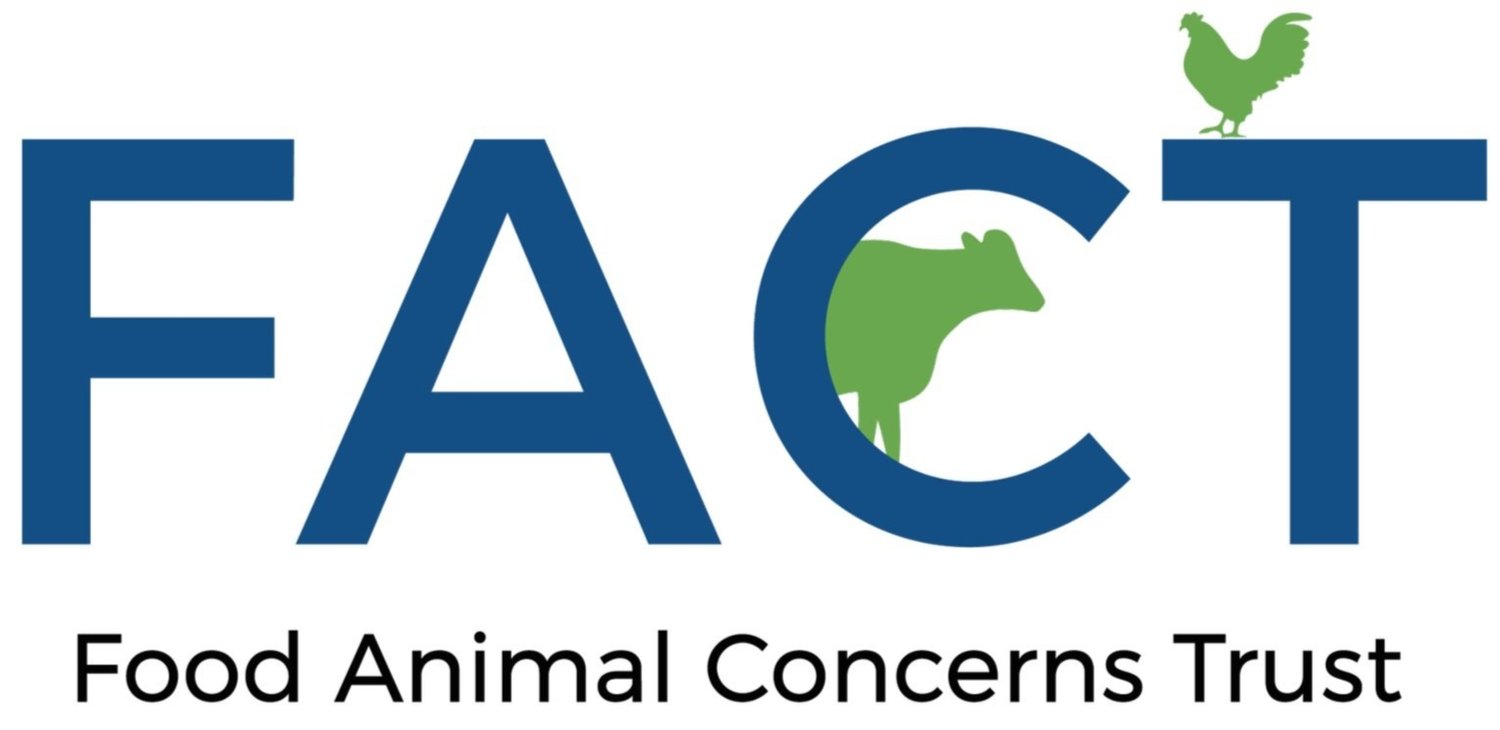Preparing for Pasture Season
Lydia Strand, Humane Farming Program Assistant
For many pasture-based livestock producers, spring is the beginning of the grazing season. After managing our flocks and herds in an ever-changing climate where winter has become more unpredictable, we look forward to the promise of warmer weather and pastures teeming with lush forage. Before sending our animals out to begin their pasture rotations, there are a few things to keep in mind.
Ensure the pasture is ready for grazing. Forage can be tender before it reaches optimal grazing height. Grazing pastures before they’re ready may set the entire grazing season up for a struggle. For our farm, that means we are looking for 8-10 inches of good forage growth in our pastures (and no standing water) before letting our Icelandic sheep and Guernsey cows out into their first grazing paddock. Being prepared to wait until pastures are optimal might include stockpiling hay or being creative about limited pasture access. We'll do it to ensure we are setting the grazing season and our livestock up for success.
Once livestock is on the pasture, don’t overgraze. Monitor both the time and the amount of forage livestock are consuming to determine when they need to move. If they are consuming forage quickly and grazing too close to the soil level, they need to move more often. If it is taking more than 5 days to consume the forage down to the minimum remaining forage, approximately 4 inches, provide smaller paddocks for animals to graze more quickly and efficiently, minimizing internal parasite exposure. Not only does this protect the future growth of forage, but also keeps soil covered to allow for moisture retention and optimal soil microbe function.
Monitor and observe your pasture as livestock graze through. Soil, forage growth and availability, insect habitat, and wildlife all play a role in the optimal health of our pastures. An abundance of pollinators, earthworms, birds, and other wildlife is a sign that pastures are healthy and in a holistically regenerative cycle where the land is being left in better condition from season to season.
Don’t worry about weeds. Variety is the spice of life and livestock enjoy having assorted food options when grazing. Pasture diversity not only keeps things interesting for the graziers, but also offers different nutrient options for the soil and its inhabitants.
Grazing season can be time and energy-intensive with moving fences and ensuring water access for our animals but as pasture farmers we know all this work results in the best life for our animals and an exceptional quality product with which to feed our community.
Wishing you all an incredible grazing season!


